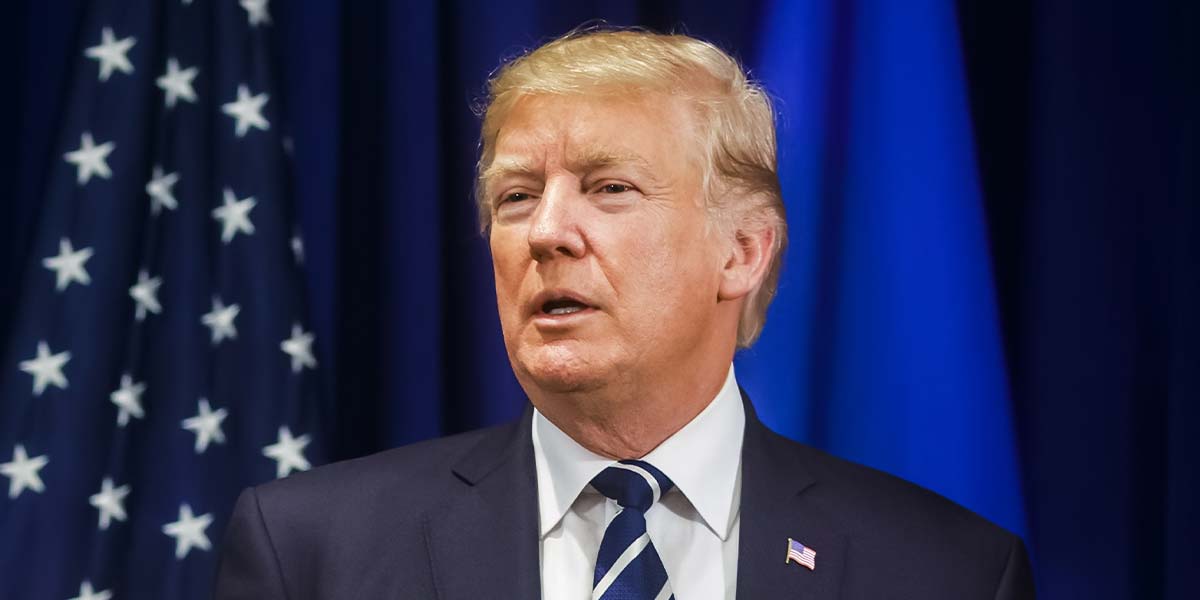The United States will impose new tariffs on imported goods starting at 15% and climbing as high as 50%, President Donald Trump announced on Wednesday, in a sharp escalation of protectionist policy that has unsettled financial markets and U.S. trading partners alike.
Speaking at an AI summit in Washington, Trump outlined a sweeping shift from earlier proposals of a flat 10% tariff, opting instead for a tiered structure tied to how favorably Washington views its relationships with other nations. Countries considered “uncooperative” risk the highest tariffs, while more aligned trade partners could secure lower rates.
The U.S. has also shifted from deal-by-deal negotiations to a blanket tariff policy, which underscored Washington’s pivot toward quick, unilateral trade decisions ahead of a 1 August implementation date. The approach jettisons complex, itemized trade talks in favor of direct letters sent to more than 150 countries, spelling out each country’s rate with little room for compromise.
The move represents a seismic shift from consensus-seeking trade policy to one emphasizing speed, simplicity and, in many cases, unilateral declarations.
With Trump’s self-imposed 1 August deadline drawing closer, governments around the world face a stark choice—accept new U.S. tariffs or risk being priced out of the world’s largest consumer market.




